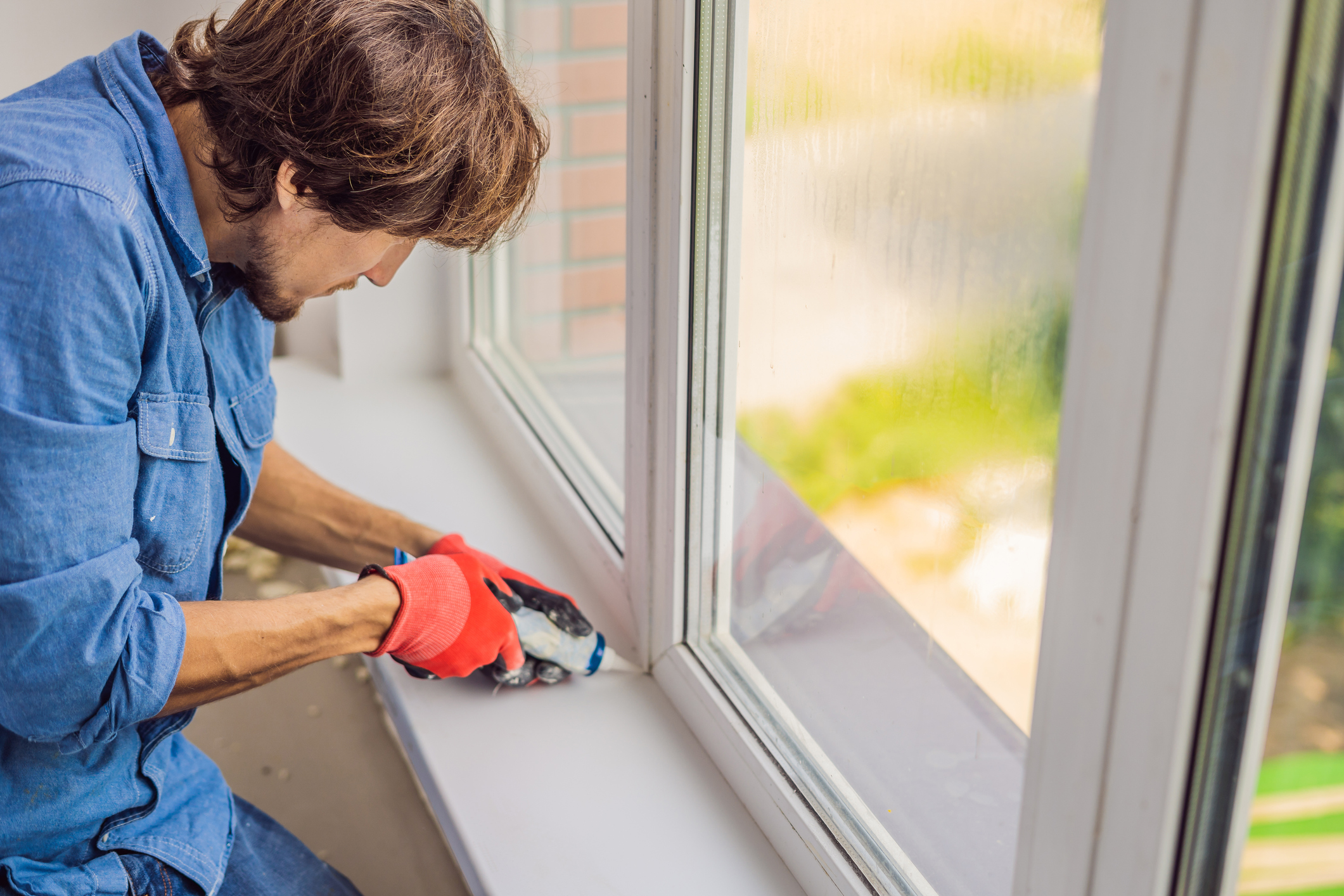Not surprisingly, energy costs will rise again this winter as consumers try to keep their homes warm and toasty. Residential electricity rates have risen on average about 15% nationwide over the last 10 years, an increase of about $0.02 per year. Consumers who use oil heat are expected to pay about 20% more this year than last year. Before you get your first heating bill, take these steps to conserve heat and make your home more energy efficient.
Adjust your thermostat.
Throw an extra blanket on the bed and turn down the temperature in your home by 5 to 10 degrees at night to save energy and money. Buy a programmable thermostat and let it adjust the temperature for you.
Fill the cracks, gaps and leaks.
Pick up some spray foam insulation and look for gaps around your windows and pipes. If you have a gap under your door, install weather stripping or just make a “door snake.” This can save up to 40% on your annual energy bill–for both heating and air conditioning seasons.
Take advantage of free sunlight.
During the day, open the blinds on windows that face south and turn down your thermostat. At night, close the blinds so the heat doesn’t escape through the window. Remove any objects that might block sunlight from shining on heat-absorbing walls.
Add extra insulation.
Start with the larger gaps around the chimney, furnace flues, plumbing pipes, and ductwork. Then check your roof insulation to make sure it’s about 10 to 16 inches deep. If it isn’t, have more installed. If your home is more than 50 years old and still has the original insulation, consider replacing it with newer insulation.
Use a space heater in moderation.
Use it if you keep the central temperature in your house very low and you want to heat one or two rooms. Turn it off when the room reaches a comfortable temperature. Place your space heater at least three feet from any flammable objects such as bedding, drapery and furniture, and never leave a space heater unattended.






